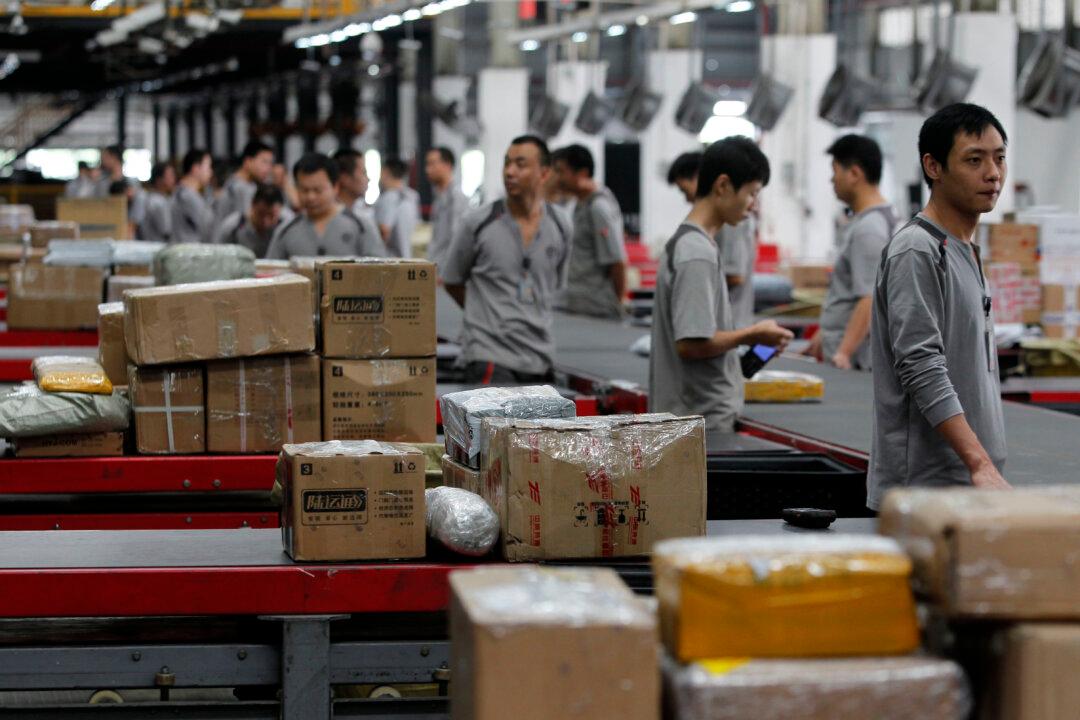Previously the engine of relatively efficient growth, it looks like the private sector has given up in China. Investment by private companies went negative in June and decreased another 0.6 percent in July. That’s right, negative growth month over month, something completely unfathomable during the boom years of above 20 percent growth just a few years ago.
“We believe private [investment] slowdown is more structural this time, dragged by weaker investment return and falling business confidence amid limited reforms and deregulation. Strong State Owned Enterprise (SOE) investment is unlikely to fully offset the weakness, instead, it could create more excess capacity and deteriorate capital returns,” the investment bank Morgan Stanley writes in a note.
For the first half of 2016, private investment is up only 2.4 percent over the year. This is worrying because the private sector is responsible for most of China’s real economic development and relatively efficient capital allocation.





